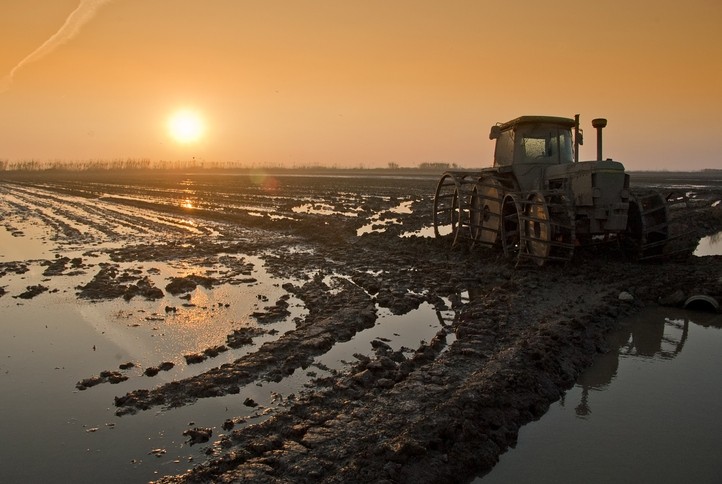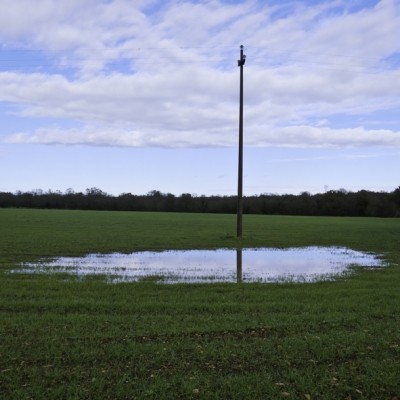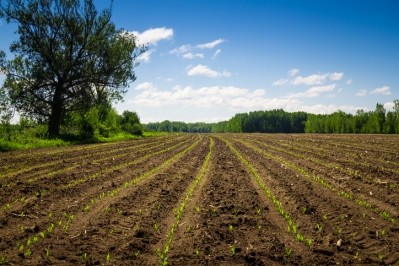USDA supports may boost feed crop planted acres despite rain delays

The US Department of Agriculture (USDA) released updated details regarding feed and crop planting and development Tuesday [May 28.]
The announcement of a new support program for feed crop and other agricultural commodity producers from the USDA in light of ongoing trade uncertainty appears to have been designed to not encourage the planting of one feed crop for another, said Jim Mintert, professor and director of the Center for Commercial Agriculture at Purdue University.
He was speaking in a webinar last week on the effects of planting delays on crop selection decisions.
The support program may provide an incentive to plant a feed crop rather than allow acres to collect prevented planting payments. Prevented planting relates to the financial support provided to producers in a region following the failure to plant an insured crop during a set window for a specific reason, said the USDA.
"There will be an incentive to plant something so you qualify for the subsidy on a particular acre, so what this could do is make prevented planting under the crop insurance program somewhat less attractive than what it was otherwise and encourage a focus on planting corn or soybeans later," Mintert said.
"I suspect it means a few more soybean acres because of the apparent incentive to keep the planter rolling a little longer in the season."
If the subsidy payment had been structured the way the program was in 2018, it would have been more problematic in terms of encouraging producers to switch to soybeans, said Michael Langemeier, professor and associate director of the Center for Commercial Agriculture at Purdue University.
In the earlier program, producers were paid more for soybean production than for corn.
The planting window for the two feed crops is different, with corn's ending in June, in some parts of the country, and soybean's stretching into July in terms of crop insurance coverage, said Mintert.
With the subsidy program emphasizing planting, weather-based delays and concerns about a drop in corn crop yield from late planting may be encouraging farmers to switch from corn to soybeans in some parts of the Corn Belt, Langemeier said.
Corn planted later in the growing season can see drops in total production.
“I know you don’t want to get those large potential declines in corn as you get into [planting in] mid-June, but if the yield drops are not big, corn does look more profitable and has less downside risk than soybeans,” he said. “This is a tough decision this year, but I think there is a danger of pulling the plug early on corn.”
Corn production
Planting for the upcoming corn crop continues to see challenges, and for the 18 states responsible for more than 90% of the corn acreage about 58% of the crop was in the ground as of the week ending May 26, the USDA said.
Last year at this point, and on average, about 90% of the crop has been planted at this time.
For states in the eastern Corn Belt progress also lagged as Illinois, Iowa and Indiana reported planting 35%, 76% and 22% of this year’s crop, the department said.
Last year they had 99%, 95% and 92% in the ground.
Michigan, Ohio, South Dakota and Wisconsin also reported having planted less than half the intended crop, the department said.
Crop emergence has also been slow, with about 32% of the planted crop sprouting, the USDA said. Last year, and on average, about 69% of the crop had emerged by this point.
Five states – Indiana, Michigan, North Dakota, Ohio and South Dakota – have seen 10% or less of what is planted emerge, the department added.
Soybeans in progress
However, corn is not the only crop that is experiencing a slow pace of production and about 29% of soybean acres have been planted in the 18 states responsible for the majority of the crop, the USDA said.
On average about 66% of the crop has been planted by this time and last year 74% had been.
Louisiana, Mississippi, Nebraska and North Carolina have all planted more than 50% of their intended acres, the department said. Illinois, Indiana, Missouri, Ohio and South Dakota, however, all have less than 15% of their crop in the ground.
Of the crop planted, about 11% has emerged, the department said. On average about 35% of the crop has sprouted by this point and last year 44% was visible.
Oats, sorghum and barley
Oats also are progressing at a pace trailing previous years with about 85% of the crop planted, the USDA said. Last year about 93% of the crop had been planted by this time.
Roughly 65% of the crop has sprouted, the department said. Last year about 80% had emerged by the last week in May, and, on average, about 86% would have.
Sorghum planting also is behind past years in the six states that account for the majority of production, the USDA said.
About 28% of the crop is in the ground, compared to 48% at this time last year.
Two states – Kansas and South Dakota – have less than 5% of their acres planted, and only Texas, at 80%, has planted more than a quarter of the intended acres, the department said.
Barley planting continues slightly behind previous years with about 87% of the crop planted compared to 91% at this point last year, the department said.
The gap is slightly wider on the growth side, as about 54% of the crop has emerged rather than the 65% that had sprouted last year, the department said.
Typically, about 74% would have emerged by this time in the year.
Wheat development
Although already planted, winter wheat has been somewhat slow in its development, the USDA said. About 66% of the crop has headed, down from 71% at this point last year and 76% on average.
However, the condition of the crop shows improvement from this time last year, the department said.
In 2018, about 38% of the crop was rated good or excellent at this time and this year 61% of the crop has earned that score.
About 84% of the spring wheat crop is in the ground, the department said. On average about 91% has been planted by this point in the six states responsible for the majority of the crop.
Crop emergence has reached 47%, down from the 59% that had sprouted by this time last year and the multi-year average of 69%, the department said.












